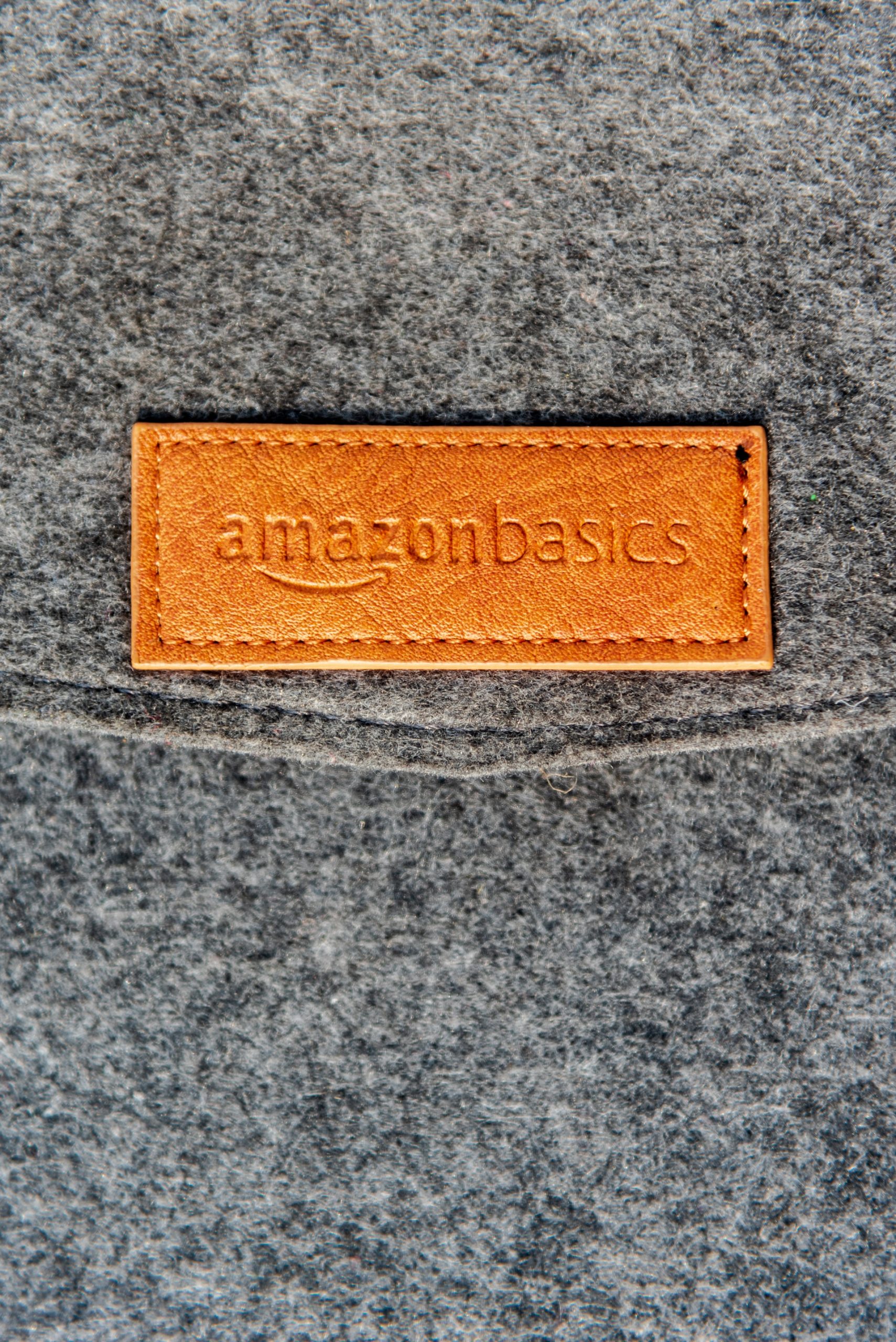Amazon’s plan to build a second headquarters, or HQ2, in a new location outside of Seattle made headlines in 2017, when the company invited cities across North America to pitch themselves as the ideal site for the expansion. The competition was fierce, with cities offering tax breaks, infrastructure improvements, and other incentives in the hopes of luring the retail giant and the estimated 50,000 jobs that would come with it.
In the end, Amazon announced it would split HQ2 between two locations: Long Island City in Queens, New York, and Arlington, Virginia, just outside of Washington, D.C. But the company faced backlash from New York residents and politicians, who objected to the tax breaks and other incentives offered to Amazon, and ultimately withdrew its plans for the Long Island City location.
Since then, Amazon’s plans for HQ2 have been somewhat overshadowed by the COVID-19 pandemic, which has upended the traditional office-based work environment and left many companies questioning the need for large physical spaces. As the pandemic drags on, and remote work becomes increasingly common, what does the future hold for Amazon’s HQ2?
One possibility is that Amazon will reconsider its need for a large, physical headquarters altogether. In the wake of the pandemic, many companies have shifted to remote work, and some are considering making the arrangement permanent. Twitter, for example, has announced that employees can work from home indefinitely, while Facebook has said it plans to have 50% of its employees working remotely by 2030.
Amazon, too, has embraced remote work during the pandemic. In March of 2020, the company announced that it would allow its employees to work from home through October of that year. The company has since extended that deadline multiple times, with the latest extension allowing employees to work remotely until January of 2022.
But Amazon’s current situation is unique in that the company is not just dealing with the pandemic, but also with unprecedented growth. As more people shop online and rely on delivery services, Amazon has seen a surge in demand for its products, which has led to a need for more workers.
In September of 2020, Amazon announced that it was hiring 100,000 new employees in the U.S. and Canada, on top of the 175,000 workers it had hired earlier in the year. The company has also announced plans to build new fulfillment centers and other facilities across the U.S., which will require even more workers.
Given this growth, it seems unlikely that Amazon would abandon its plans for a physical headquarters altogether. But the company may rethink the size and scope of HQ2, and the role it will play in Amazon’s future.
One possibility is that Amazon will use HQ2 as a hub for certain operations, such as research and development, while relying on remote workers for other tasks. This could help the company attract top talent in key areas, while also allowing it to tap into a broader pool of workers who may not be able to relocate to a physical headquarters.
Another possibility is that Amazon will use HQ2 as a way to tap into new markets, both in terms of talent and customers. The company has a massive customer base in the U.S., but has been looking to expand internationally. By building a headquarters in a new location, Amazon could gain a foothold in new markets and attract local talent, which could help it tailor its products and services to local customers.
Ultimately, the fate of Amazon’s HQ2 remains uncertain. The pandemic has upended the traditional office-based work environment, and it’s unclear how many companies will return to the status quo once the pandemic is over. But as one of the world’s largest companies, Amazon will no doubt continue to innovate




